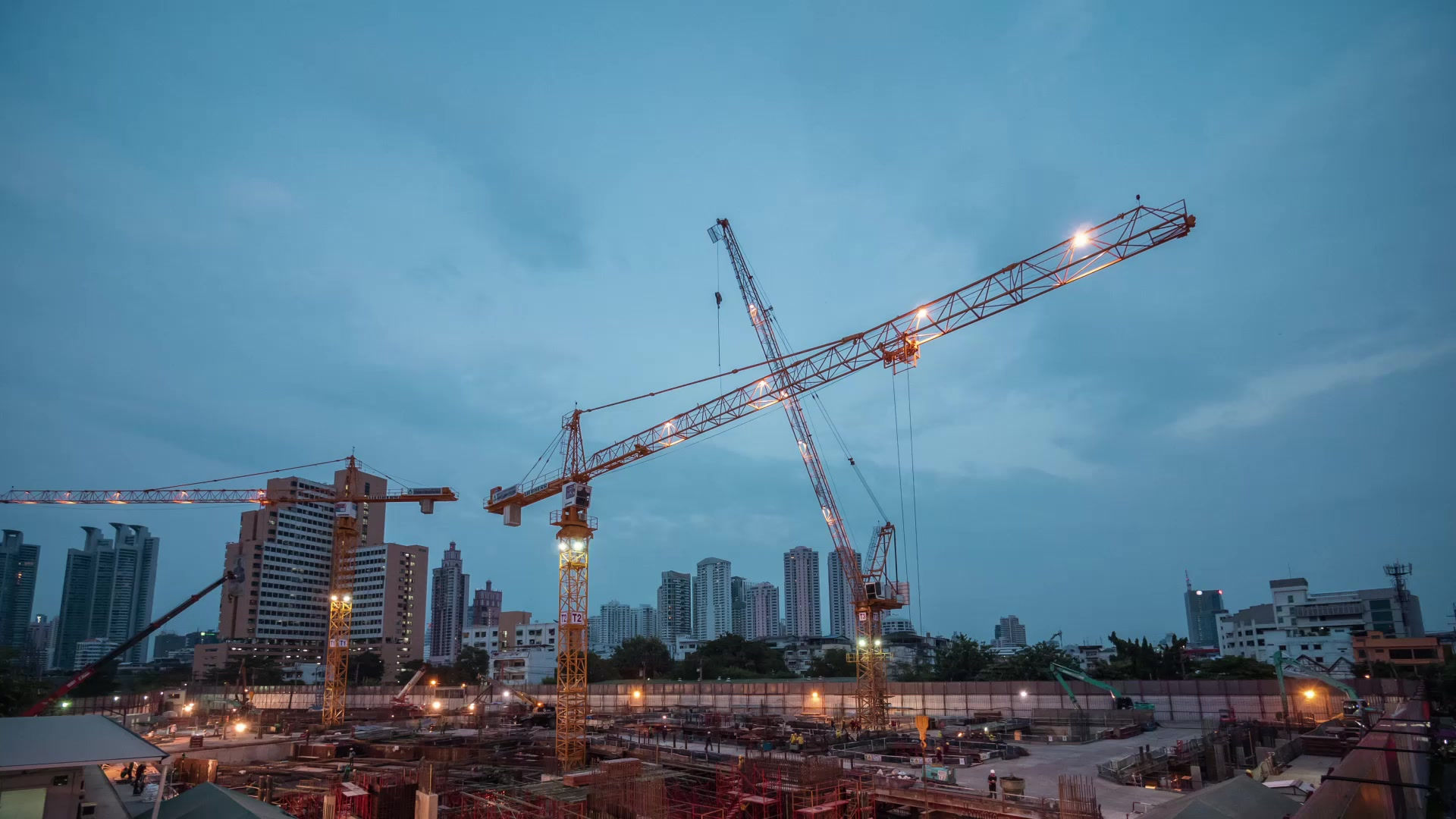SAP 10 Analysis of Changes
- David Dean

- Apr 24, 2019
- 4 min read
Updated: Oct 4, 2019

On 24th July 2018 the Department for Business Energy & Industrial Strategy (BEIS) in conjunction with the technical authors the Building Research Establishment (BRE) published the next version of SAP, which will be known as SAP 10.
Many of the changes were to be expected based on the consultation responses published by BEIS in November last year. There are a number of changes that will affect assessments in the future; however it is difficult to estimate their impact on building regulations compliance, as SAP 10 will not be introduced until there is a change in building regulations. Elmhurst notes that following the Hackitt Report, the Regulations throughout the UK are now beginning to be planned for.
After analysing the SAP 10 document Elmhurst conclude that the following are the most important changes to note;
1. Fuel Prices and CO2 Factors
Many of the fuel types recognised in SAP have had their fuel prices, CO2 and primary energy factors tweaked. The most common fuel types and changes from SAP 2012 to SAP 10 are shown below;

Of particular interest is electricity which has seen its CO2 emission factor reduced from 0.519 kgCO2/kWh to 0.233 kgCO2/kWh in SAP 10. This is to reflect the increased influence of renewable energy technologies producing electricity for the national grid. It will be interesting to see whether the next version of regulations give further benefit to electrically heated dwellings to encourage the move away from fossil fuels.
2. Heating Pattern
Within the BEIS consultation the standardised heating patterns SAP is based on were discussed, with the option of moving to the same heating pattern for all days proposed. Previously SAP has had different heating patterns for weekdays and weekends, however studies had shown there was less of a difference between the weekdays and weekends than previously thought.
SAP 10 will move to using the same heating pattern for all days, which is on 07:00-09:00 and 16:00-23:00 hours. Elmhurst believes SAP should always follow good evidence as closely as possible, so we welcome this change. It will likely mean better ratings for homes as the heating will now be defaulted to being on less at the weekends.
3. Lighting Energy
This has had a significant overhaul from the lighting energy calculation in SAP 2012. SAP 10 will calculate a ‘reference lighting capacity’ based on the dwellings floor area and solar gains. Should this capacity not be reached, or be exceeded, the predicted lighting energy will be increased as a result.
This will result in additional data entry for calculating lighting energy in SAP software. Power and efficacy of fixed lighting fittings will now be required in a similar way to the non domestic methodology known as SBEM. Default efficacy figures are provided where information cannot be obtained.
4. Thermal Bridging
As expected from the BEIS consultation, the default y-value used in assessments where no details of thermal bridging are provided has been raised from 0.15 w/m2k to 0.2 w/m2k in SAP 10. This will create an even more severe penalty for developers who do not consider heat loss through building junctions.
The psi values for the MHCLG Accredited Construction Details (ACDs) scheme have been removed from SAP 10. Again this was expected as the consultation indicated the ACDs were inaccurate and not fit for purpose based on current building practices. This will result in assessors having to rely on other established sets of construction details, or encourage more junction details to be modelled to derive accurate psi values.
Finally many of the remaining ‘default’ psi values have been tweaked. The R1-R9 junctions in particular have been increased which will penalise room in the roof constructions. A new junction has also been added, R10, for any other roof or room in roof junction not covered by R1-R9.
5. Hot Water Demand
The calculation of hot water demand will now take into account the number of showers and baths which are present in a dwelling. This will result in a more accurate assessment of hot water demand than currently in SAP 2012.
Also electricity use from instantaneous electric showers will now be accounted for in assessments. This has not been the case in previous versions of SAP and will result in higher energy use in assessments where used.
6. Photovoltaic Panels
The calculation of electricity generated from PV now has the option to account for battery storage technology. Also where PV is directly heating an immersion coil in a cylinder, known as a PV diverter, this will be able to be reflected in SAP 10.
As discussed in the consultation, SAP 10 will now allow entry of MCS overshading data. The MCS procedure for assessing near and far field objects will provide a more accurate assessment of overshading and will be the preferred method of assessment where an MCS certificate is available.
Finally in SAP 2012 in blocks of flats where PV is supplying a landlord’s supply via a single inverter, the flats could claim the CO2 savings from the electricity generated. In SAP 10 this will no longer be the case; only dwellings with their own inverters will be able to benefit from the cost (£) and CO2 savings associated with PV. This may result in developers seeking alternative solutions for cost (£) and CO2savings on blocks of flats.
7. Overheating Risk
The assessment of overheating contained in Appendix P of SAP has been changed to more accurately assess the potential for leaving windows open during hot weather. In SAP 10, if natural ventilation is used, assessors will be required to indicate if there is a source of noise that prevents windows being left open, and also if there is a security risk where windows are left open at night. If either of the answers to these questions is ‘yes’, ‘trickle vents only’ will be assumed for the window opening extent and the associated air change rate used in the assessment.
8. Thermal Mass Parameter
As expected the indicative options of low, medium and high for thermal mass parameter have been removed from SAP 10. Therefore all dwellings will now be required to have a calculated thermal mass parameter based on their individual element areas and kappa values.
Further details on how to calculate kappa values are referenced from BS EN ISO 13786 and some typical heat capacity figures are provided for these calculations.




Comments